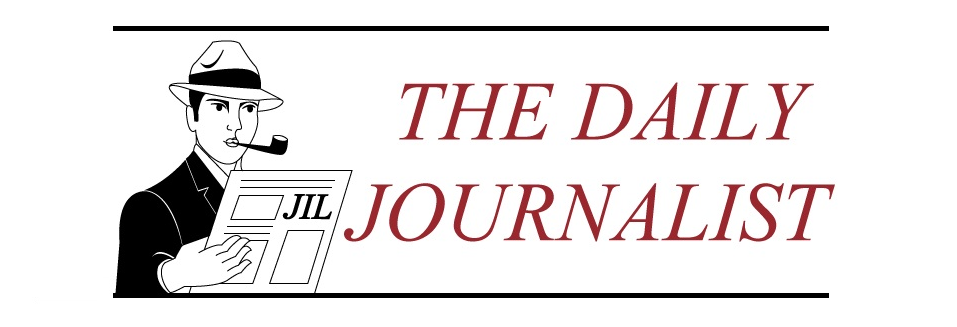By Frank Palatnick.
‘
Third Element

In chemistry the third element is ‘ Lithium ‘. It was found in 1817 by a Swedish chemist. Lithium can be found in most organic compound as well as trace amounts in human beings. It was known to have been created from the ‘ Big Bang ‘. Lithium is produced in younger stars and in its natural state it’s found as a clear and transparent material.
In the education arena, the third element is ‘ Listening to the student kinisthetically ‘. In every day conversation we generally hear sounds from the voices of other people. I will discuss the hearing challenged further on in this discussion. We hear sounds through a sense organ called the ear. The sound travels from the ear through the Eustachian tube to the brain where it is registered as sound. But is hearing voices enough in the educational arena ? Since students are our youngest stars ( shades of lithium being produced in our youngest stars ) we must not only register the voice from them like the satellites in space listening for sounds, we must do much more than that. We must ‘ listen ‘ to what they are telling us. Look at to what extent man has researched, investigated and reached out into space to find out more about the stars. SETI ( Search for Extraterrestial Intelligence ) has been for the past forty years, looking to possibly communicate with possible life on stars and planets in space.
We have, due to our deep space probes and telescopes like Hubbel, discovered a possible million habitibal planets capable of having intelligent life on them. But we are remiss of not seeking out the ‘ voice ‘ of our students. If we used one thousandth the fervor of ‘ listening ‘ to our young stars ( our children/students ) that we use for researching for intelligent life, than we will have begun to understand ourselves on a deeper level so as to possibly improve ourselves. Lithium, as I previously mentioned, is a clear and transparent element. Our young stars, our students/children, are just as clear and transparent. We must be able to ‘ listen ‘ to the possible ideas and suggestions to improve our biosphere.
And we must listen kinisthetically. For those children that are hearing challenged, we must listen also kinisthetically. That means listening with all our hearts and our selves. Reggio Emilia in Italy is beginning to listen. By being clear and translucent our students are allowing us to ‘ see ‘ our world through their eyes just like lithium is used for optics. Hearing is a passive action. Listening is an extremely proactive action. The world has almost forgot how to ‘ listen ‘ properly. Between the problems we have in various parts of the world as well as those in our own hemisphere, our students are crying to be listened to.
The Fourth Element.

In 1828 Fredrich Wohler, a German scientist, discovered the fourth element called ‘ Beryllium ‘. It can be found in gemstones like aquamarine and emerald. Because of its low density and atomic mass beryllium is relatively transparent to X-rays and other forms of ionizing radiation. Therefore it is the most common window material for X-ray equipment. Aquamarine belongs to the family called ‘ precious gems ‘. The other three are diamonds, sapphires and rubies. It’s color is like a blue green or sea blue. Aquamarine specimens known as ‘ six rayed with asterism effect ‘ is exceptionally rare and extremely valuable. They have a glass like luster. The emerald is the most precious stone in the ‘ beryl group ‘. It is a brilliant green. The Incas and the Aztecs regarded emeralds as holy gemstones. The Hindus considered emeralds as having tremendous healing properties and giving the promise of good luck to all. It also enhances well being.
In the educational arena, the fourth element is called ‘ BEst practice to enable and empower the student to shine ‘. In order for the student to shine, the facilitator must use the best modality of empowering and enabling that uses all possible tools. Our students have the power to heal/cure the problems of the world. They have the capability to bring the biosphere we live in to better health. Our students are the most precious asset we have. We must help them to be inspired to create new ways and means to make positive changes in both the world and beyond. It is not enough to just use textbooks and structured curriculum. All that does is foster structured responses in their life. We must use the best form of all the tools available to stimulate investigation and discovery. A student’s ideas and thoughts are considered holy concepts just like the Hindus considered an emerald to be holy. And just like beryllium having low density and specific mass to be relatively transparent to X-rays and therefore the most common window material for X-rays, then students are transparent for them to be used as windows into their minds so that their ideas and suggestions can be seen easily. The fourth element, best practice, is not as suggested to be used for only elementary and secondary education. It is to be used on a tertiary and post graduate level also. Malcolm Knowles suggests that adult students have vast amounts of knowledge to impart to the world. Using best practice to help bring that knowledge to the world will be helping the world a little better through their own professions.


